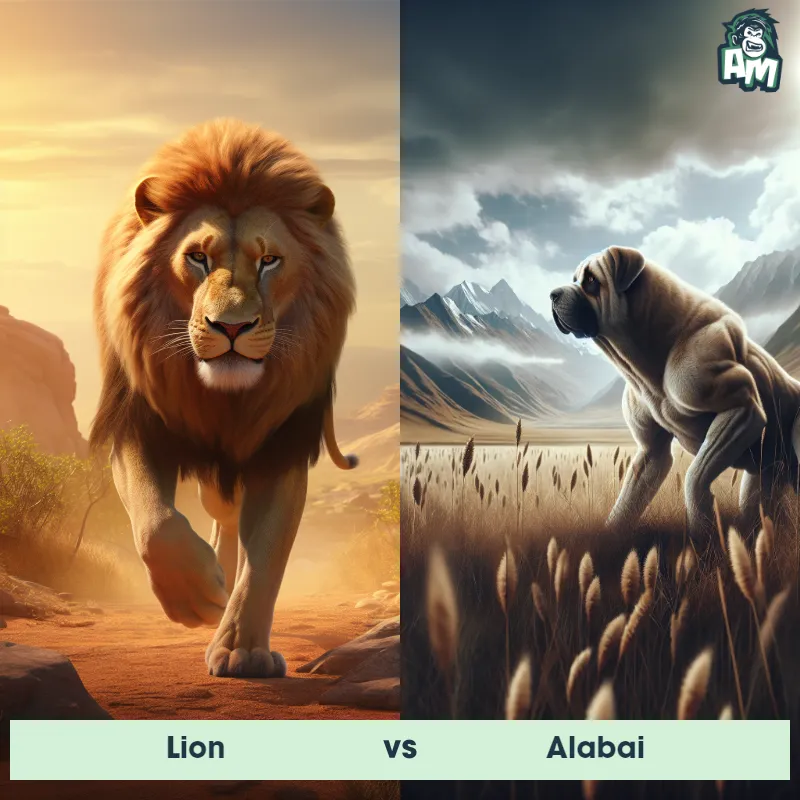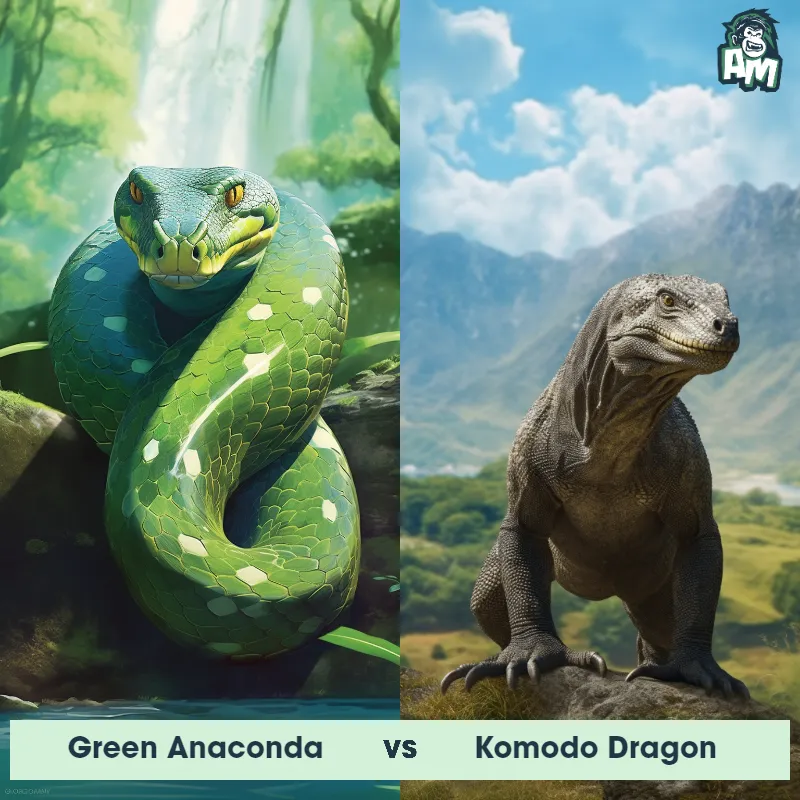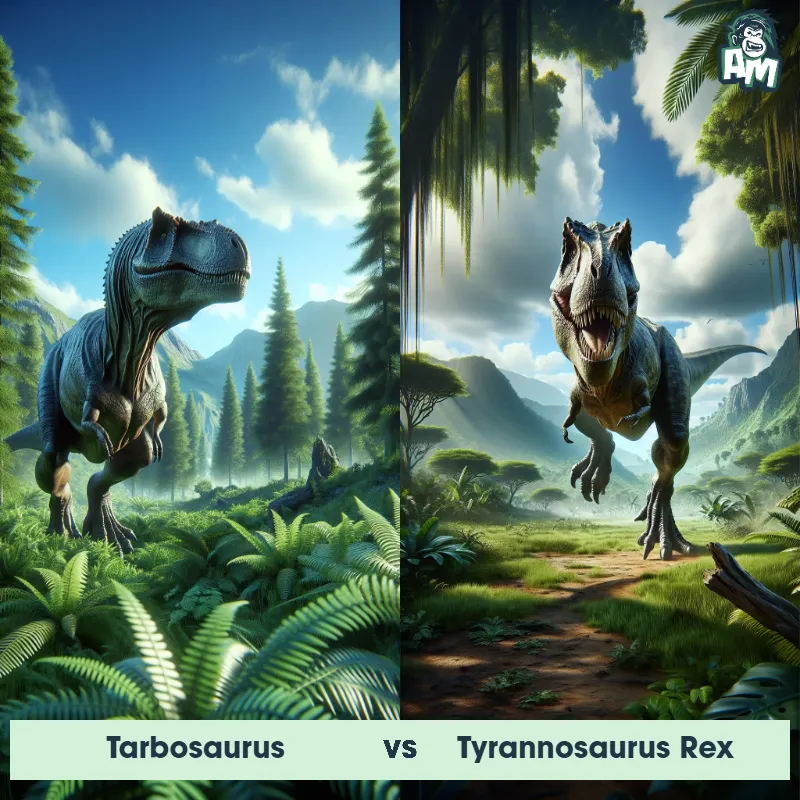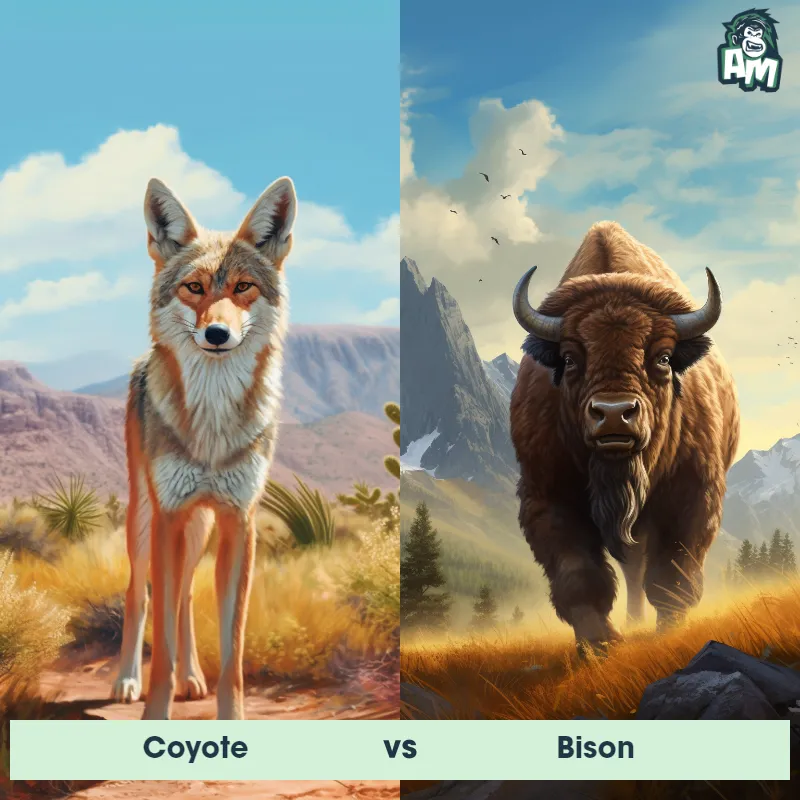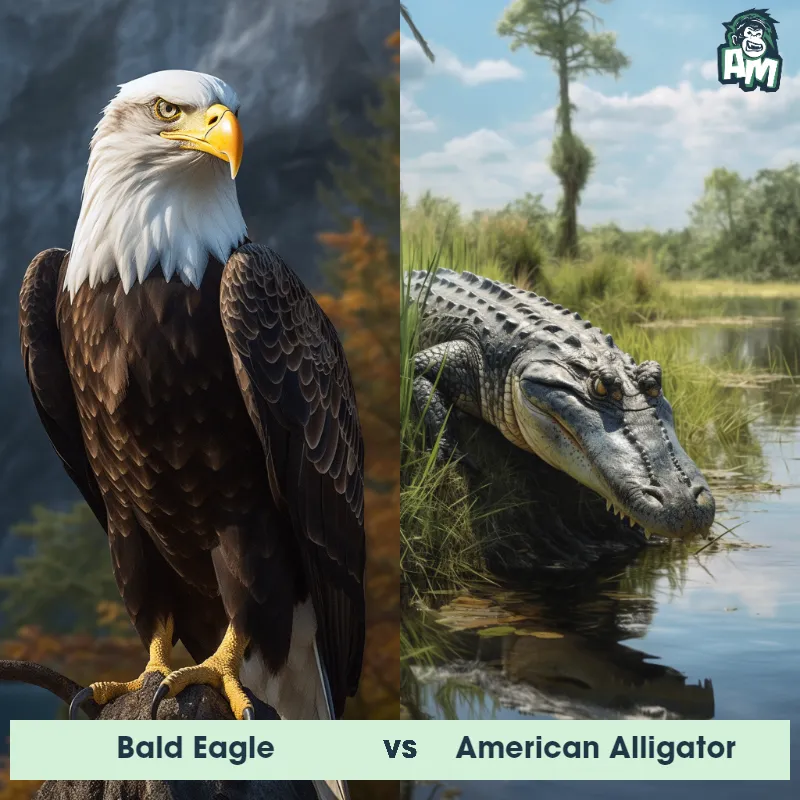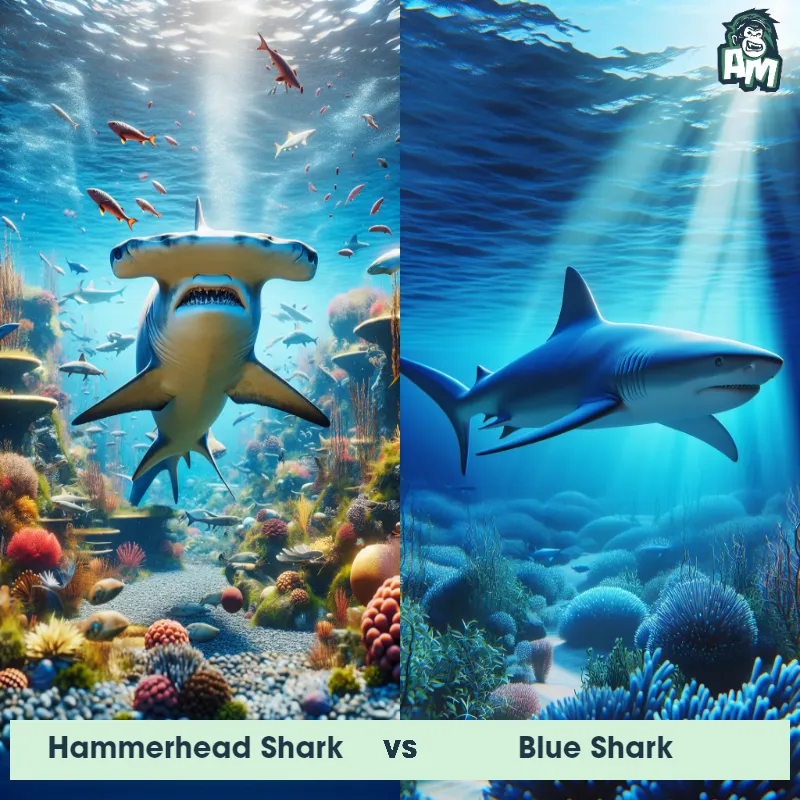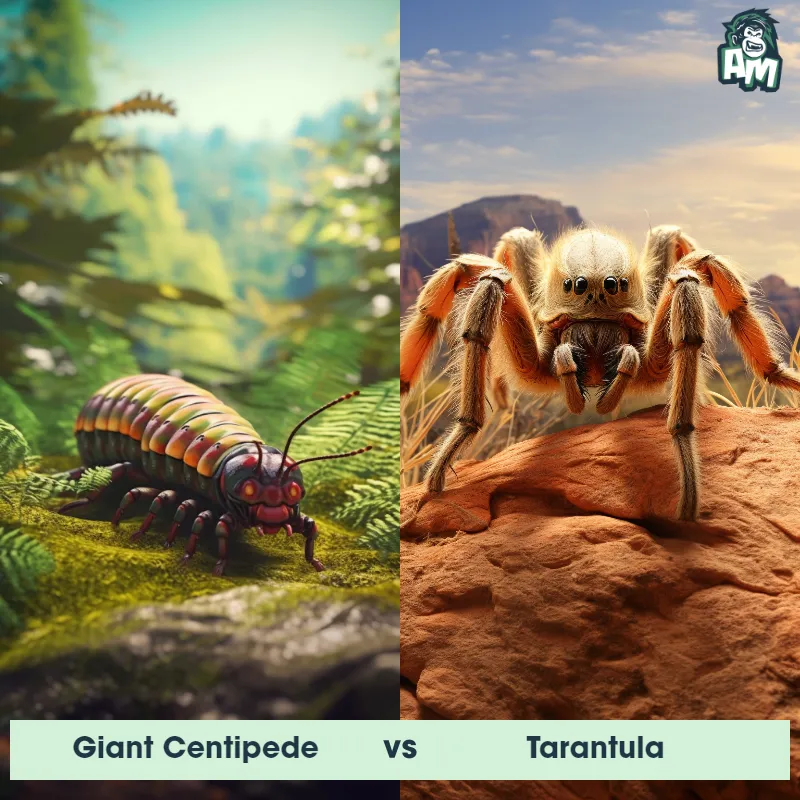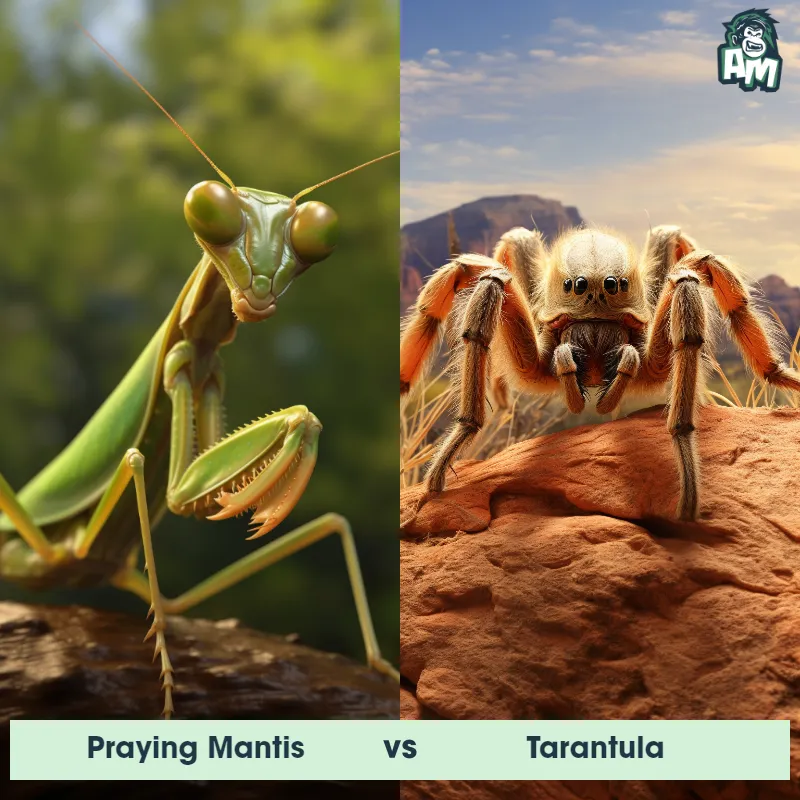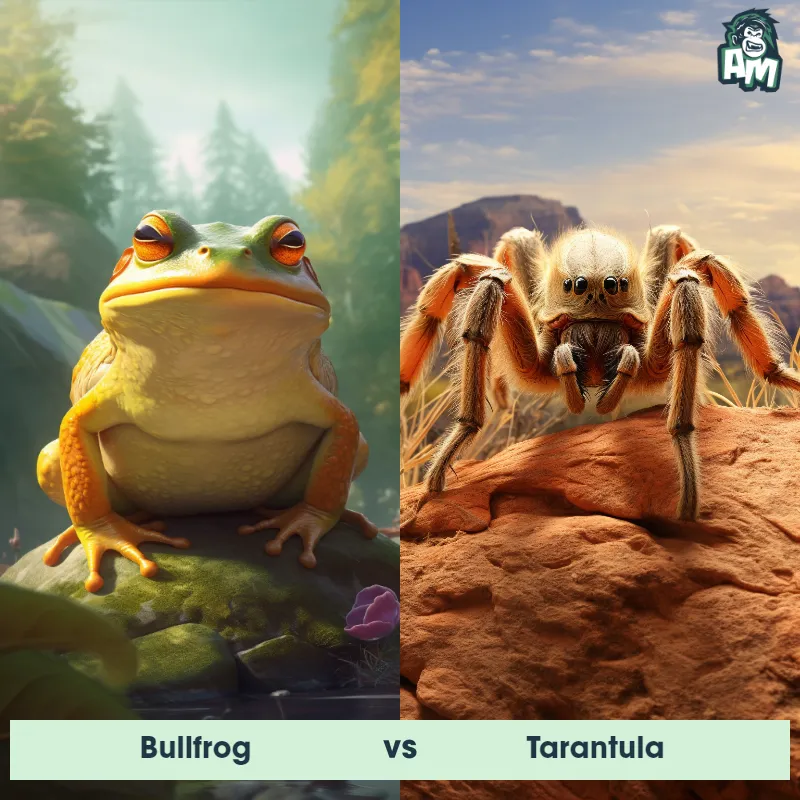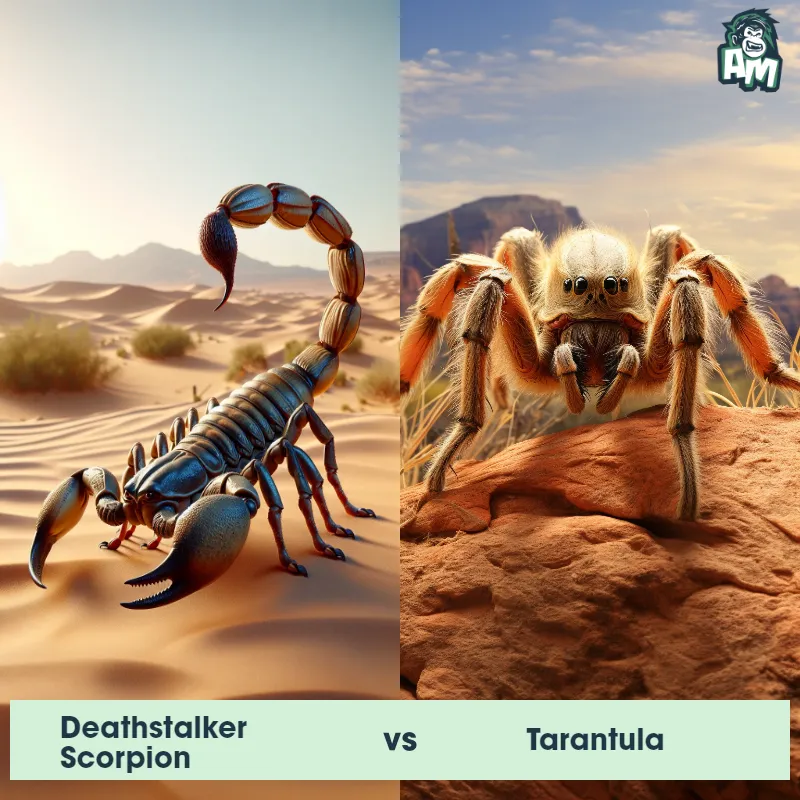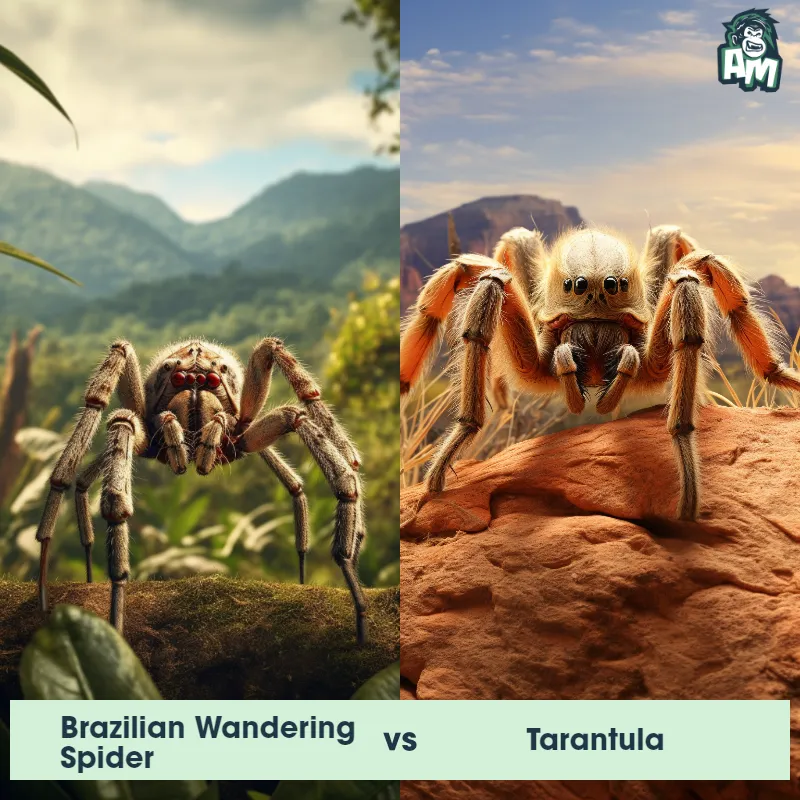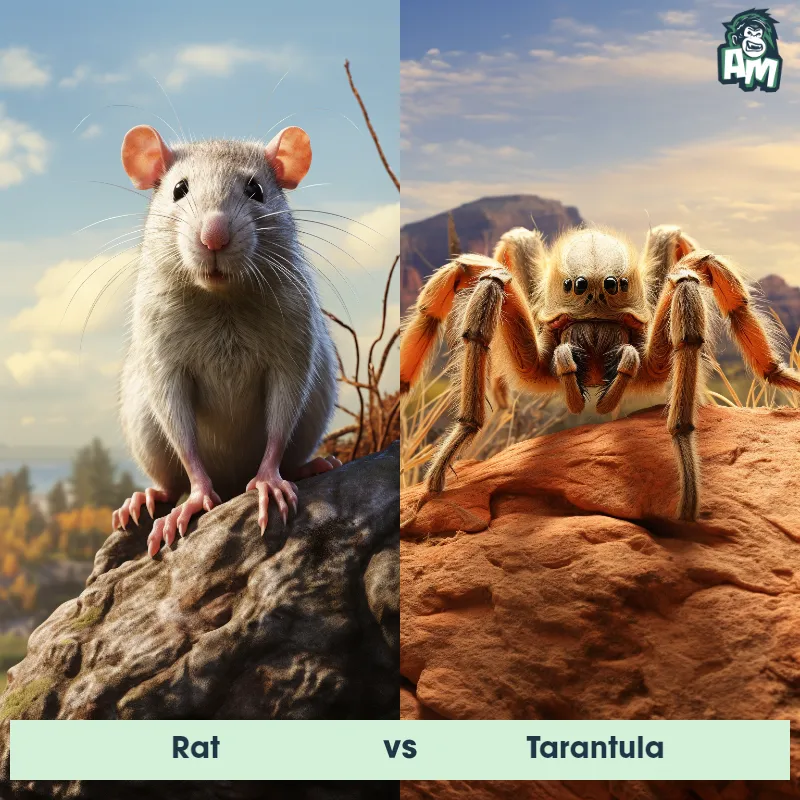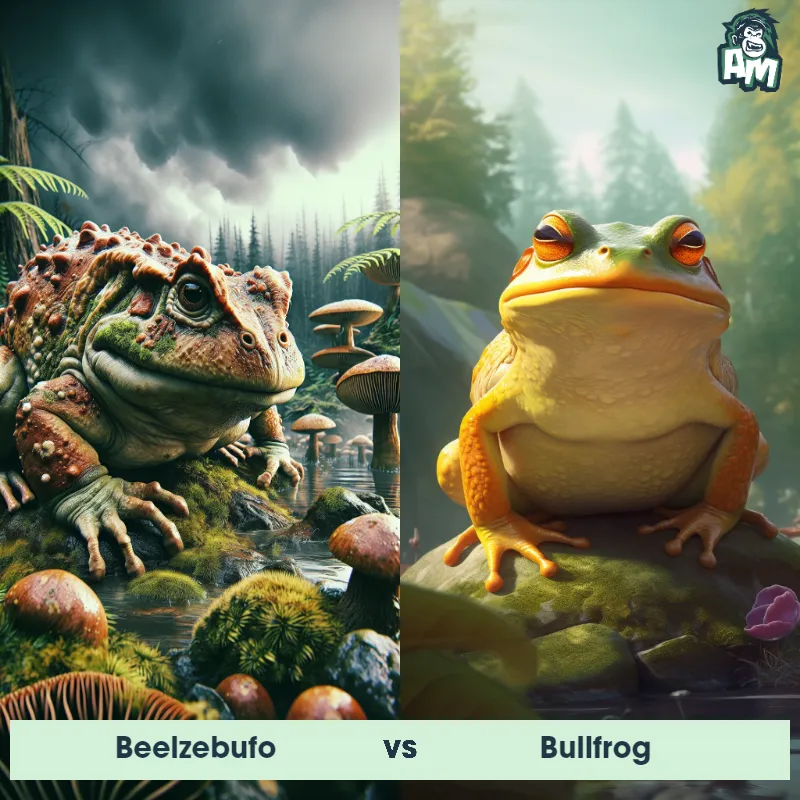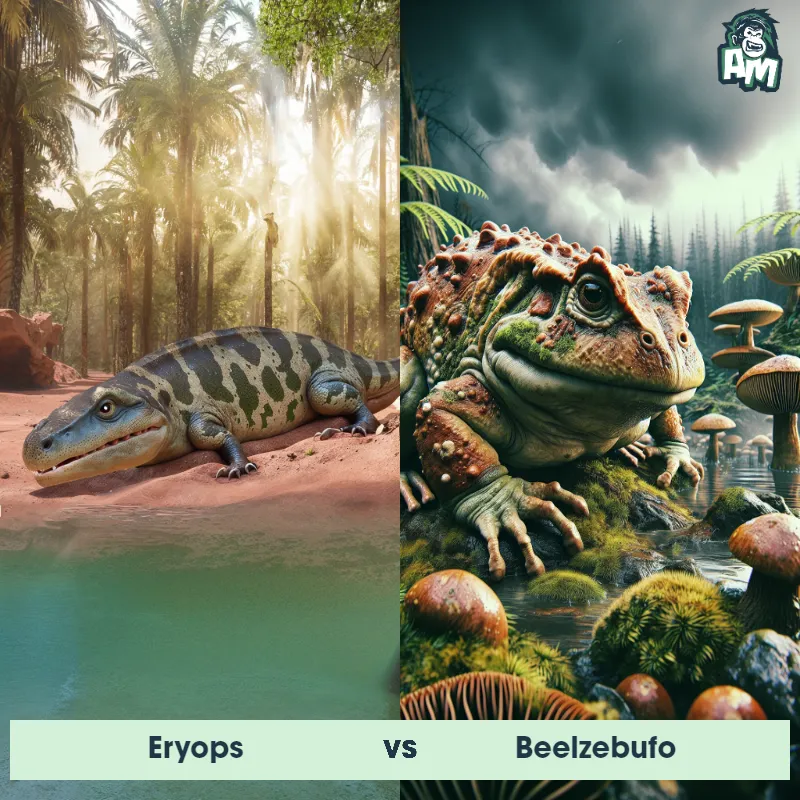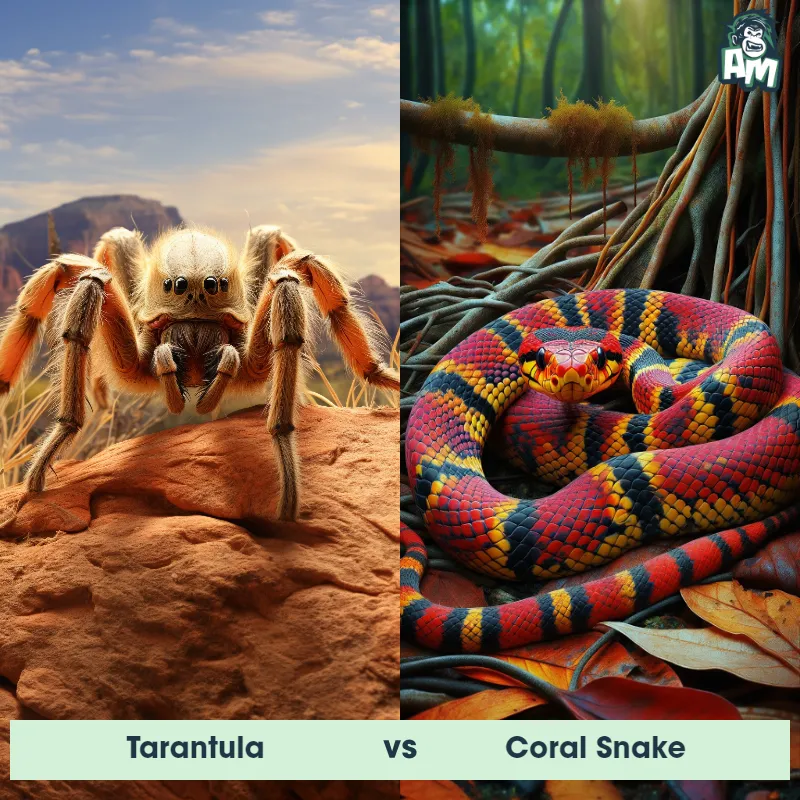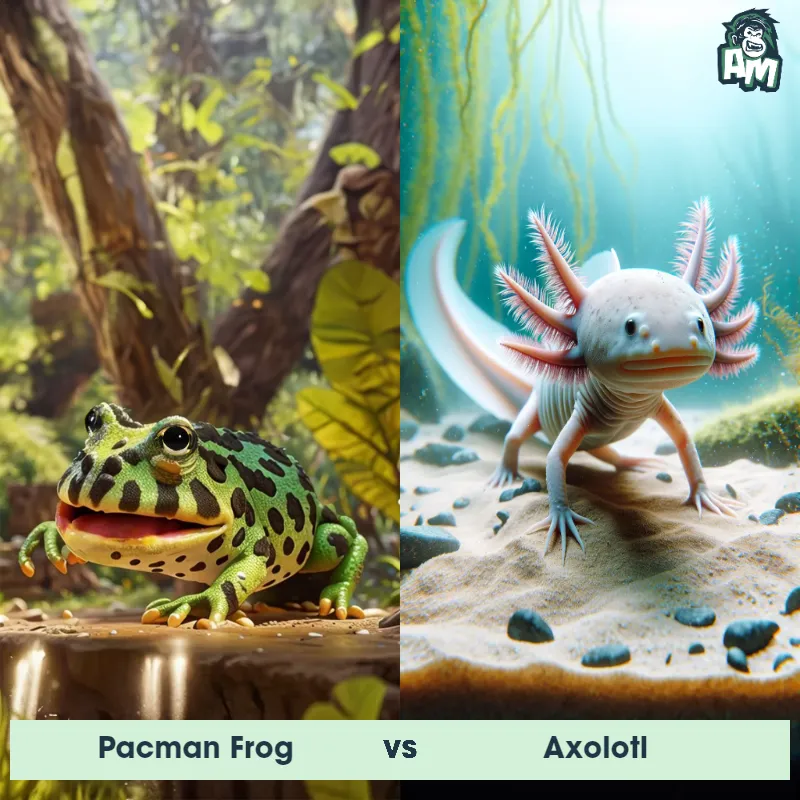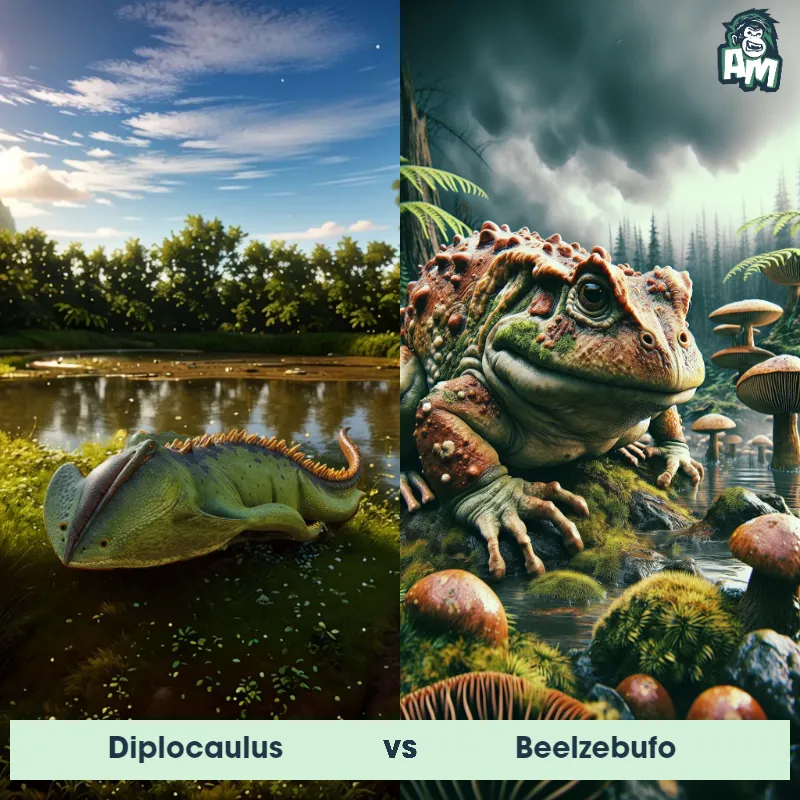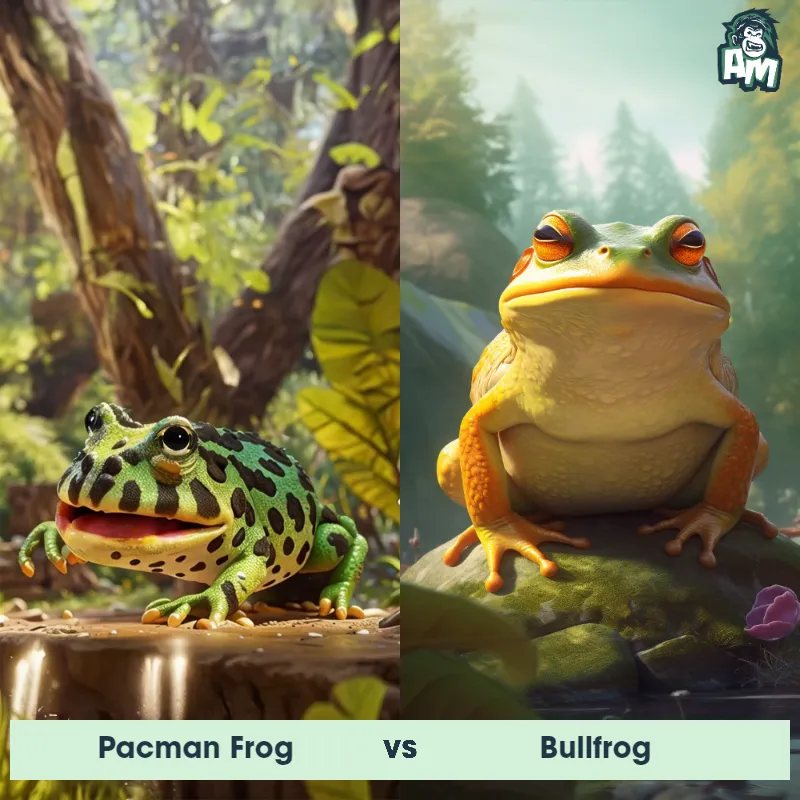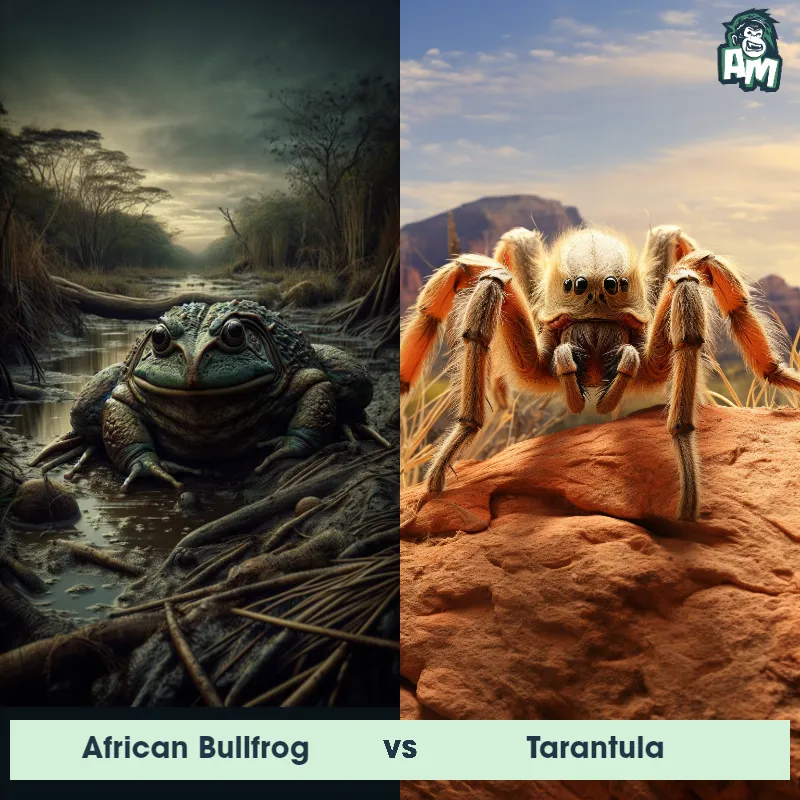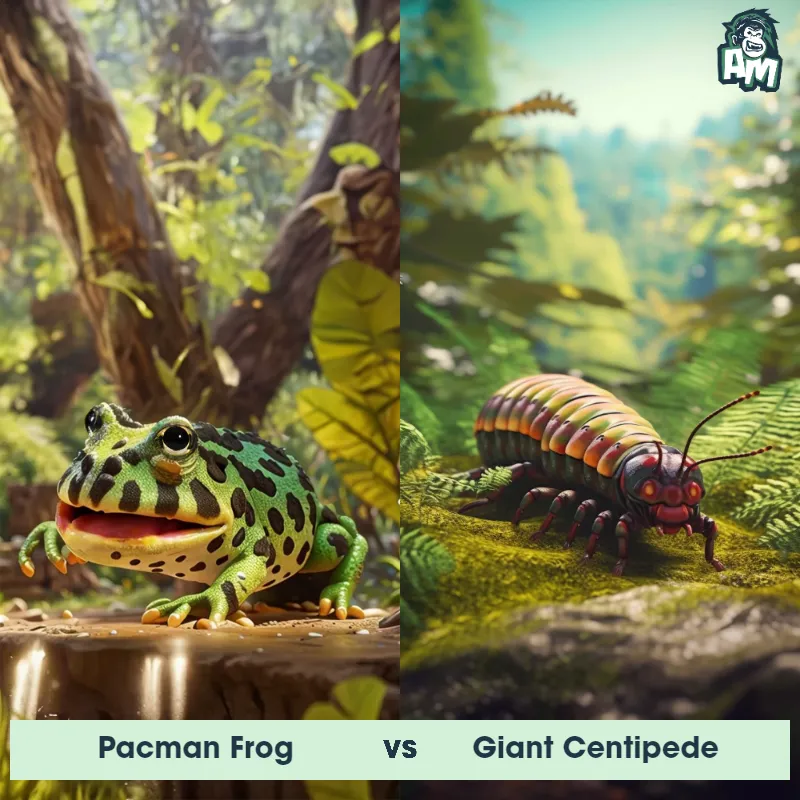Pacman Frog vs TarantulaSee Who Wins

Ladies and gentlemen, welcome to this epic battle between two formidable opponents - a Pacman Frog and a Tarantula. Both known for their unique hunting strategies, it's sure to be a thrilling match-up tonight. Let's see who will come out on top in this three-round fight!
Contender 1: Pacman Frog
The Pacman Frog, also known as the South American Horned Frog, is a species of frog native to South America. They are known for their large, round bodies and massive mouths, which they use to swallow prey whole. They come in various colors, including green, brown, and albino, and have distinct patterns and markings on their bodies. These frogs are relatively low-maintenance pets, as they are mostly sedentary and prefer to bury themselves in substrate.
Fun Fact: Pacman Frogs have a unique hunting strategy where they wait patiently for prey to come within reach, then snap their jaws shut quickly to catch their meal.
Contender 2: Tarantula
Tarantulas comprise a group of large, hairy spiders that are found in various parts of the world, predominantly in the tropics. They possess eight legs, two body parts (cephalothorax and abdomen), and are known for their pronounced fangs, which they use to inject venom into their prey. Despite their menacing appearance, tarantulas are generally not harmful to humans, as their venom is weaker than that of a typical bee.
Fun Fact: Tarantulas are known for their unique defensive tactic where they can flick off tiny, barbed hairs from their abdomen when threatened, which can irritate the skin or eyes of a potential predator.
Matchup Stats
| Pacman Frog | Tarantula | |
|---|---|---|
| Size | Up to 4 inches (10 cm) | Up to 11 inches (28 cm) including leg span |
| Weight | Up to 2 pounds (900 grams) | Up to 3.5 ounces (100 grams) |
| Speed | 1-2 mph (1.6-3.2 km/h) | 1mph (1.6km/h) |
| Key Strength | Bite force | Venomous fangs |
| Biggest Weakness | Slow movement | Slow movement |
Current Votes
Pacman Frog vs Tarantula
See Who Wins
View More Matches
Looking For More?
Similar Matches
Scientific Stats
| Pacman Frog | Tarantula | |
|---|---|---|
| Scientific Name | Ceratophrys cranwelli | Theraphosidae |
| Family | Ceratophryidae | Araneae |
| Habitat | Moist tropical forests, grasslands | Various, predominantly in tropical regions |
| Geography | South America | Worldwide, predominantly in the tropics |
| Diet | Insects, small rodents, other frogs | Insects, small birds, rodents, and lizards |
| Lifespan | 5 years - 10 years | 10 years - 25 years |
Key Differences between Pacman Frog and Tarantula
- Size: The Pacman Frog is typically larger and stockier than the Tarantula.
- Mouth structure: The Pacman Frog has a wide mouth with sharp teeth for catching prey, while the Tarantula has fangs for injecting venom into its prey.
- Body shape: The Pacman Frog has a round, flattened body with short limbs, while the Tarantula has a more elongated body with eight long legs.
- Skin texture: Pacman Frogs have smooth, moist skin, whereas Tarantulas have hairy or spiky texture on their bodies.
- Eye size: Pacman Frogs have large, bulging eyes, while Tarantulas have smaller, more compact eyes.
- Color: Pacman Frogs have bright, vibrant colors and markings, while Tarantulas are often more muted in color.



